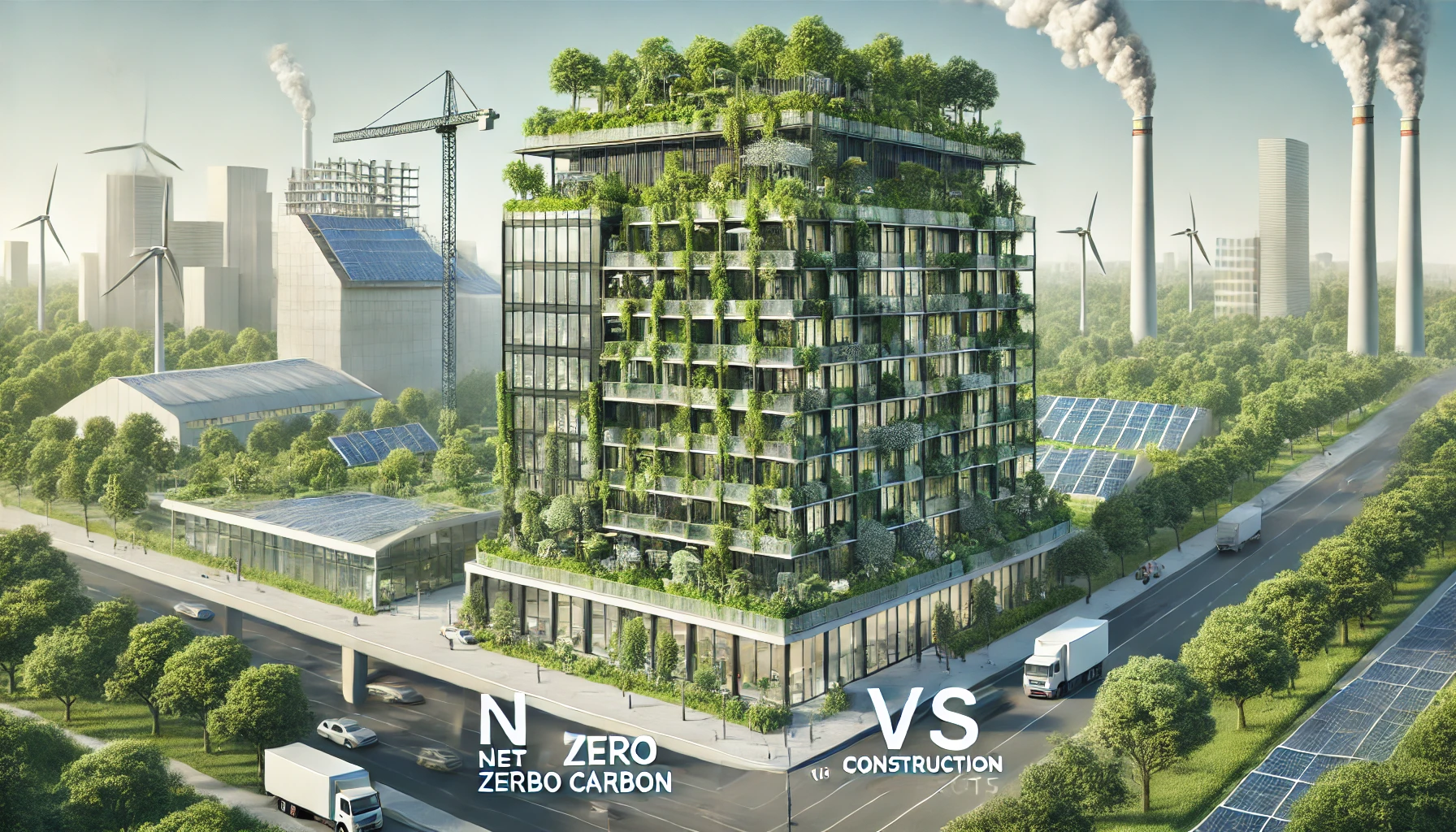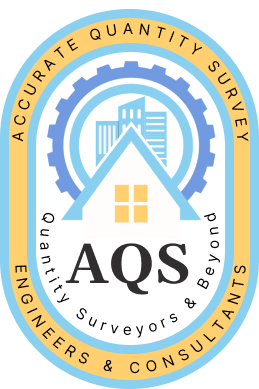
As the world becomes increasingly aware of the urgent need to reduce greenhouse gas emissions and mitigate climate change, the concept of Net Zero Carbon has become an important goal for many industries, including construction. But what does Net Zero Carbon mean for construction costs?
As the golden rule of achieving Net Zero, measures that will help reduce energy demand to ensure buildings are highly energy efficient are always prioritized.
How the energy is supplied to meet the remaining demand varies. For example, if 100% of energy demand is met by on-site renewable energy, it can be called a net zero energy building.
In reality, it may not be possible in all building types and locations. If renewable energy from off-site is imported to meet the balance, it can be called net zero operational carbon.
In new building developments, maximum embodied carbon reductions should seek to achieve, for example by choosing to renovate existing buildings or through building material selection. If the remaining residual emissions from embodied carbon and any remaining fossil-fuel use within the building during the operational stage are compensated for, for example through the use of offsets, the building asset is net zero whole life carbon.
World Green Building Council recognizes the role of offsets as part of the transition towards total sector decarburization that also enables tangible environment and social co-benefits in support of the Sustainable Development Goals.
It requires innovative design approaches focused on optimizing performance, and collaboration across the entire project team. By reducing reliance on fossil fuels, buildings achieving these high performance classifications, with energy and carbon budgets verified based on actual consumption data, are therefore Advancing Net Zero.
Another important factor to consider is the potential for regulatory and financial incentives for Net Zero Carbon construction. In many regions, governments and financial institutions are offering incentives for buildings that meet certain energy efficiency and carbon reduction standards, which can help offset the higher upfront costs.
While it’s true that building to Net Zero Carbon standards may involve higher upfront costs, there are many factors that can make it a financially viable and worthwhile investment. As the construction industry continues to shift towards more sustainable practices, it’s important for industry professionals to stay informed and prepared for the changes ahead.


